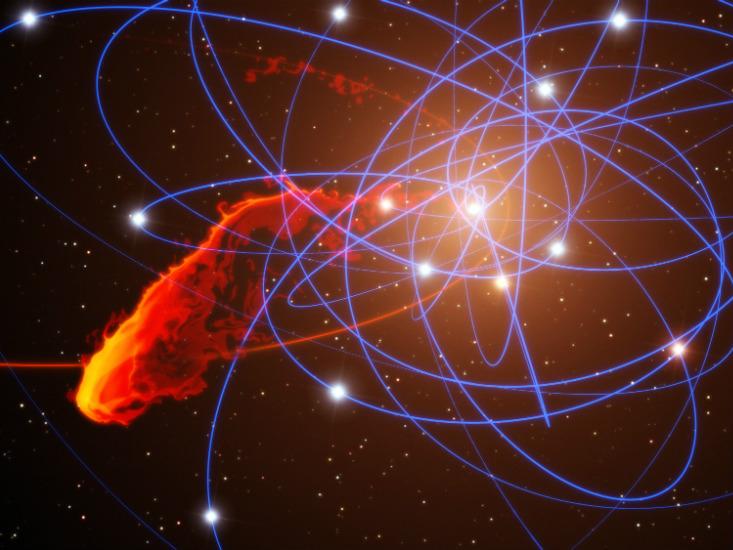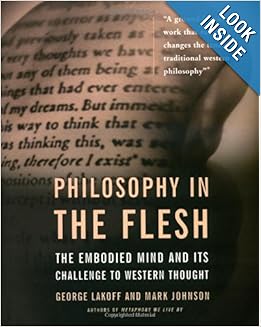
It's time for another of the always fabulous Mind and Life Conferences, this one on Craving, Desire, and Addiction.
MIND AND LIFE 2013 – XXVII: CRAVING, DESIRE, AND ADDICTION
with His Holiness the Dalai Lama
Dharamsala, Himachal Pradesh, India – October 28 – November 1, 2013
The conference focuses its attention on craving, desire, and addiction, as these are among the most pressing causes of human suffering. By bringing contemplative practitioners and scholars from Buddhist and Christian traditions together with a broad array of scientific researchers in the fields of desire and addiction, hopefully new understandings will arise that may ultimately lead to improved treatment of the root causes of craving and its many manifestations.Here are the list and associations of this year's participants:
- TENZIN GYATSO, His Holiness the 14th Dalai Lama
- KENT BERRIDGE, PHD, James Olds Collegiate Professor of Psychology and Neuroscience, Department of Psychology, University of Michigan
- SARAH BOWEN, PHD, Acting Assistant Professor, Department of Psychiatry and Behavioral Sciences, University of Washington
- RICHARD J. DAVIDSON, PHD, William James and Vilas Professor of Psychology and Psychiatry, Director, Laboratory of Affective Neuroscience University of Wisconsin–Madison
- WENDY FARLEY, PHD, Professor, Department of Religion, Emory University
- VIBEKE ASMUSSEN FRANK, PHD, Deputy Director and Associate Professor, Centre for Alcohol and Drug Research, Aarhus University, Denmark
- ROSHI JOAN HALIFAX, PHD, Founder, Abbot, and Head Teacher, Upaya Zen Center
- THUPTEN JINPA, PHD, Adjunct Professor, McGill University, Chairman Mind & Life Institute
- MARC LEWIS, PHD, Professor, Behavioural Science Institute,Radboud University Nijmegen, Netherlands
- MATTHIEU RICARD, PHD, Buddhist Monk, Shechen Monastery
- NORA VOLKOW, MD, Director, National Institute on Drug Abuse, National Institutes of Health
- DIANA CHAPMAN WALSH, PHD, President Emerita, Wellesley College, Governing Board Member, The Broad Institute of Harvard and MIT
- ARTHUR ZAJONC, PHD, Professor Emeritus of Physics, Amherst College, President Mind & Life Institute
Morning Session: The Role of Dopamine in the Addicted Human Brain
Afternoon Session: Beyond the Individual - The Role of Society and Culture in Addiction






 Robert Wright
Robert Wright